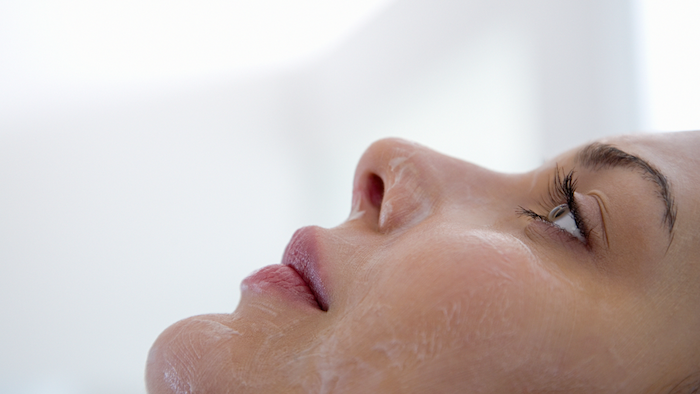Some of us know that sinking feeling of looking in the mirror and not liking everything you see. Aging affects everyone eventually, whether it’s lax skin, dull skin, blemished skin, scars, or other damage or wear and tear.
There’s nothing wrong with accepting aging gracefully and recognizing your advancing years and wrinkles as the achievement they are. Likewise, there is no harm in trying to improve your appearance for as long as you can.
Two popular, non-invasive treatments to address skin concerns are micro-needling (or skin needling) and chemical peels.
1. What is Micro-Needling?
Also known as Collagen Induction Therapy, micro-needling has been used for over a century and as a branded therapy since 1997. Ongoing research and development and technological advances have made the technique one of the most used non-invasive skin toning and tightening treatments available. Research and anecdotal feedback suggest up to 80% improvement, with ongoing collagen production over several months.
To apply the technique, we stamp extremely fine needles into the dermis in limited or more extensive numbers depending on the size and condition of the target area. The face is mainly involved, but the therapy is appropriate for anywhere on your body.
The needles penetrate the skin, causing micro-wounds. These pinpricks activate the body’s natural healing response, promoting the synthesis of your skin’s connective tissues – elastin and collagen, to increase elasticity and tone. The outcome is skin that’s more resilient, supple, and smooth. The microscopic punctures also allow enhanced absorption of topical products to optimize results.
A medical-grade numbing cream applied to your face makes the procedure almost painless. Although you’ll see immediate improvement, up to three sessions at three to four-week intervals is optimal, with regular follow-ups to maintain the improved appearance of your skin.
Micro-needling is perfect for you if you suffer from aging or sagging skin. As well as rejuvenating your skin, the treatment is ideal for tightening areas of premature laxity, such as after extreme weight loss or pregnancy.
Skin needling is also known to address and improve the appearance of fine lines, hyperpigmentation and other blemishing, open pores, acne, stretch marks, and scarring, whether from acne, surgery, or otherwise. The therapy may also address hair loss through increased collagen production and the possible creation of stem cells in the hair follicle.
Related post: How You Can Improve Overall Skin Tone with Microneedling?
2. What are Chemical Peels?
Chemical peels treat the surface of your skin – resurfacing it – by applying medical-grade ingredients to break down and refine surface layers and revitalize the deeper layers. The therapy improves texture, reduces fine lines and pigmentation, and minimizes scarring. The peel contains natural acids and healing ingredients that exfoliate and stimulate collagen and elastin production, revealing a smoother, brighter complexion.
While effective for skin surface problems, chemical peels aren’t ideal for lifting and toning sagging skin.
Related post: Chemical Peel: Damaging or Healthy?
3. Which Treatment is the Best Choice for You?
Both therapies offer smoother, clearer, more refined, and more luminous skin at an affordable rate. Your choice will ultimately depend on how toned and elastic your skin is, as this is the primary difference across these therapies.
- Suppose you mainly suffer from fine lines, uneven skin tone roughness, imperfections, scars, acne, or your skin appears tired. In that case, either therapy is appropriate, and you might then base your decision on other factors such as cost and time required or the amount of pain and downtime. While neither is invasive and both are mostly painless, a peel likely requires a little more rest and aftercare to recover.
- If you struggle with slack or sagging skin, deeper folds, or substantial scarring, we recommend micro-needling to address both surface and deeper connective tissue issues.
It’s also common, even recommended, for clients to use both techniques to maximize results for an exceptional outcome. However, not everyone can afford both or may have contraindications. In your case, speak to your medical provider for help deciding. They will evaluate your skin and ask you the right questions to understand which therapy is best for you.
4. Testimonial from Lauren, San Diego Resident and Patient
Very professional from start to finish. They were always quick to communicate with any changes to my schedule. I never have to wait longer than 10 minutes in the lobby. There is parking available in the residential area behind the building.
